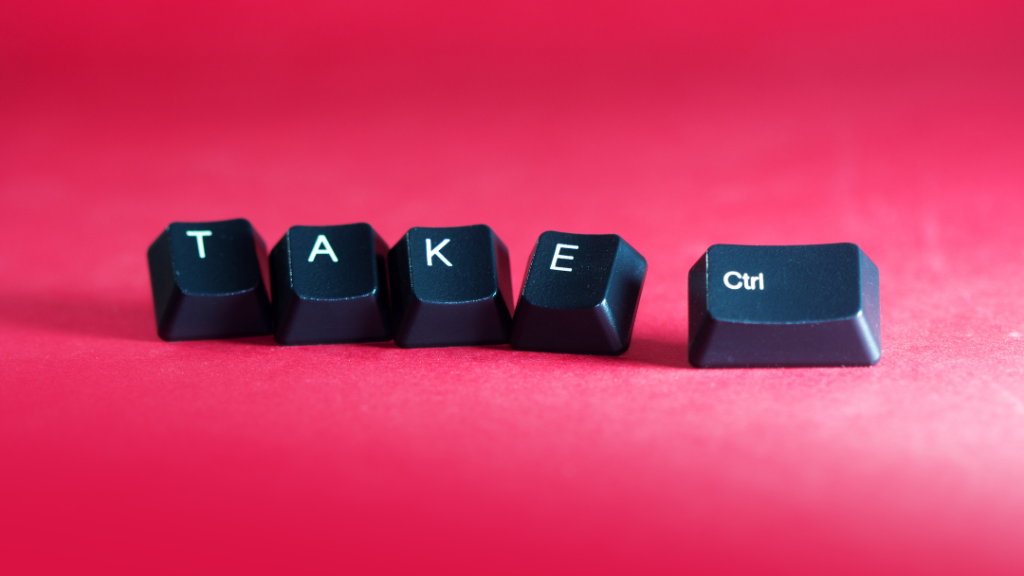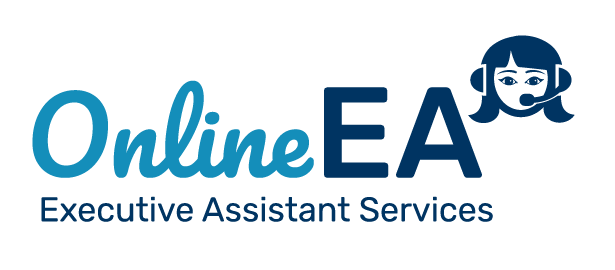Technology gives us power, but it does not and cannot tell us how to use that power.

This statement perfectly captures the problem with technology. We need it, especially in our businesses. Could you imagine trying to do business without email or the internet? It’s simply no longer possible.
However, we can fall into a trap. We need to learn to use technology mindfully. Otherwise, instead of creating more efficiencies, it creates distractions. Instead of simplifying our lives, it complicates it.
The good news? It doesn’t have to be that way.
In this article, we’ll talk about the problem with technology, how to take control of your digital habits, and how to build new, healthy habits instead.
The real cost of digital clutter
Technology has limits, which we might only realize once we face a big problem. Then, instead of managing the problem, we spend money or time on it that we really shouldn’t have needed to.
For example, let’s think about our digital files. We may be saving everything into our Google Drive or OneDrive without giving it a second thought. Then, we run out of storage and cannot easily decide what to keep.
We are faced with two options:
- Pay for more storage
- Try to make sense of our digital clutter.
In a crunch, we opt for the first option, costing our business money without addressing the underlying issue. And this cycle will continue to repeat.
What can you do?
Get started. The sooner you get started, the less likely you will face a crisis when you run out of storage or your computer crashes. (I know it might seem overwhelming, but there are a lot of steps you can take in just ten minutes).

Technology is demanding
Yes, technology can be helpful. However, the fact is that it also demands our attention.
Have you ever found yourself trying to get something done when there’s a notification, a flashing light, a pop-up, or something that insists we pay attention to it?
So you do. You check that email or respond to that message, and before you know it, you struggle to get back to what you were doing.
Being distracted is one of the biggest productivity killers. In fact, one study found that it takes us (on average) 23 minutes and 15 seconds to get back on track after we are interrupted.
Even if our productivity isn’t suffering, we need a break or digital detox for our general wellness. Our brains need a break to be in nature, be bored, or simply be present.
What can you do?
Look at your software settings and change the times that you receive notifications. You can also turn off some notifications altogether and schedule time to check whatever it is that you’re getting the notification for.
Create boundaries within your business where you are not online. Additionally, you can check out some of my tips for a Summer Digital Detox here (although you can use these tips all year round!)
Technology works for you, not the other way around
We need to be mindful of how we use technology.
The reality is that there are ways to use software and other tools to help our businesses in a way that we control, not the other way around.
What can you do?
It’s thought that the average worker uses 9.4 different applications for daily work. However, we wouldn’t need as many if we could streamline how we use these programs. Focusing on fewer programs will free up our minds for other priorities.
Get to know your software settings (or talk to someone like myself who does) to find out how you can create boundaries and take control of your digital habits.

It’s not difficult to get started with digital wellness.
The idea behind digital wellness – that we control technology and not the other way around – is revolutionary, but putting it into action is surprisingly simple.
For example, at one of my recent presentations, we spent 10 minutes together cleaning our inboxes. In just ten minutes, one of the participants deleted 5,000 emails and unsubscribed from 30 newsletters. In just ten minutes!
She was 5,000 emails closer to a manageable inbox. It was easier to see what she needed to focus on without being distracted by emails she would never read.
More importantly, how did she feel afterward? Like a weight had been lifted. Lighter. Relieved. Less stressed. Accomplished. Simply put: it felt really good.
And here’s the thing: once you start digital decluttering and see how easy it is, you’ll be even more motivated to continue. (If this story inspired you to clean your inbox, click here).
The best way to change your habits and build some more control over your digital life is to work on it together. Join me in my Facebook Digital Declutter Community to put some of these tips into practice. You can find added accountability, tips, motivation, and even a co-working session dedicated to clearing our digital clutter.
